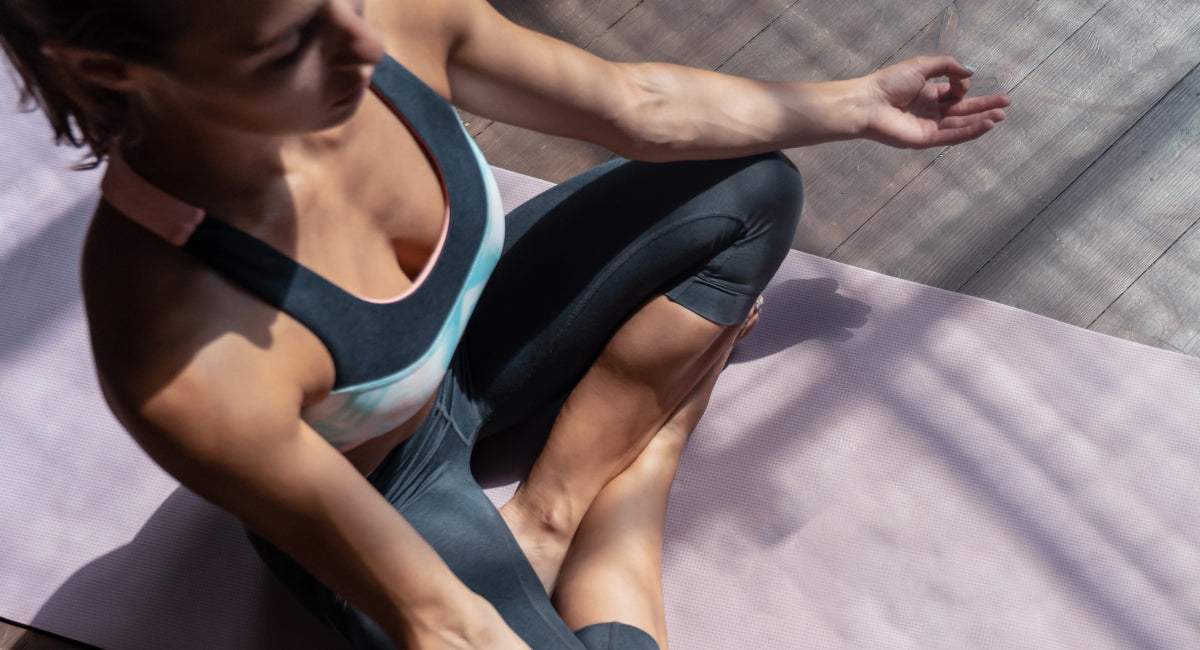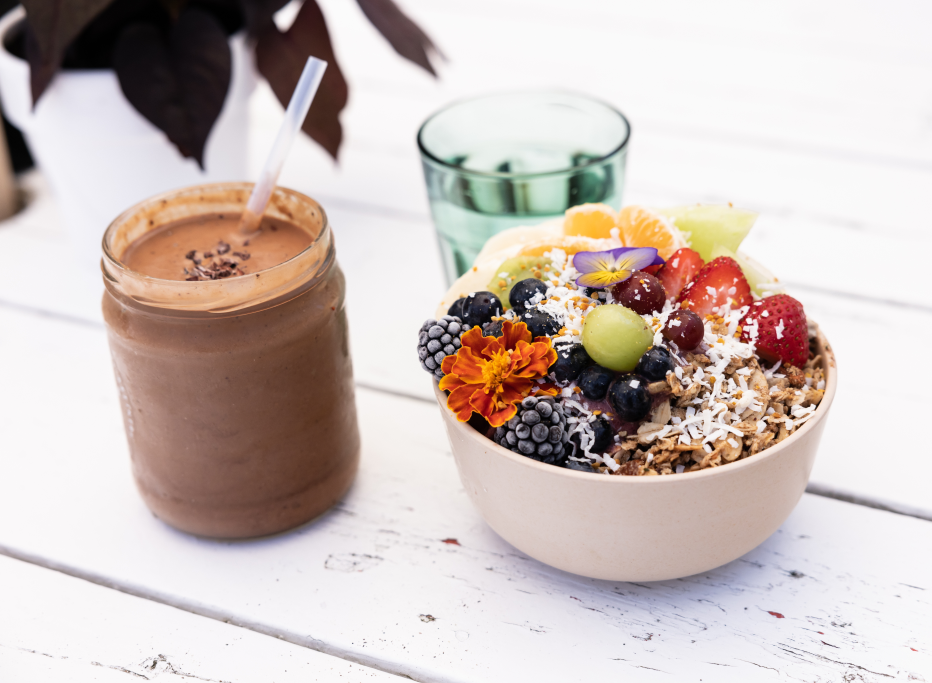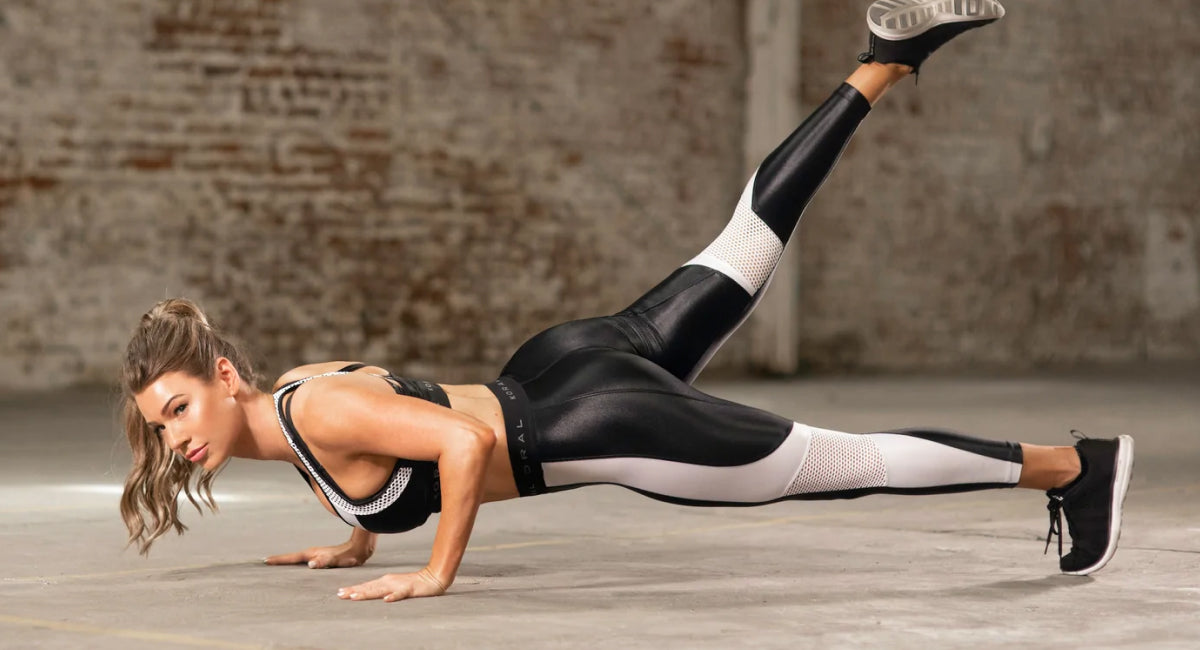Morning vs. Evening Workouts: Tips to Make Any Time of Day Work for You

Most of us have our schedules planned down to the minute, and when we’re not busy running around, we’re trying to get some sleep to do it all over again the next day. With jobs, kids, errands and other responsibilities, working out often gets put on the back burner.
And while it’s totally normal for that to happen once in a while, it’s important not to make it a daily habit. One of the best ways to make sure you don’t consistently skip your workout: schedule it like a work meeting or coffee date with your best friend. If it’s on your calendar, you’re less likely to double book yourself.
That’s a good starting point, but how do you figure out when to squeeze in a workout if your day is really busy? Here are some answers from the latest scientific research on the best time to work out, plus valuable tips from our very own Fit Body community.
Morning Workouts
Go to Bed Early
“If I'm going to be working out in the morning, I like to be in bed around 8:30 to 9 pm — if not earlier if possible — but 9 pm is my cutoff,” writes Rylee Leighton Caballero in the Fit Body Community Facebook Group.
Motivate Yourself
“I have actually changed my alarm from saying ‘alarm’ to different phrases each week!” shared Brittany Remhof Pluta. “Now I see things like, ‘We do the work,’ ‘Get 1% Better,’ and ‘Your future self will thank you!’ Seeing these little notes definitely helps.”
Engage Robot Mode
“I try to remember that it’s really the first 5 minutes out of bed that sucks the most,” writes Suzanne Riley. “If I can channel robot mode to get through that first five minutes, I’m good.”
MORE MORNING WORKOUT TIPS
- Put your alarm across the room from you so you have to get up and turn it off.
- Lay out your clothes (or sleep in clean workout gear) so you don’t have to think about it.
- Put your coffee machine on a timer so it’s ready when you wake up.
- Chug your pre-workout (or even just a glass of water) before getting out of bed.
- Choose music that makes you want to move/dance as your alarm!
- Invest in a wake-up light alarm clock that gradually brightens.
To Snooze or Not to Snooze?
Our community is divided on this question. Some know they can’t press snooze or they’ll fall back asleep and lose their motivation to exercise. Others like to set their alarm 10 to 20 minutes before they have to get up so they can press snooze a few times. The right answer? Whatever works best for you! (Though a lot of sleep experts side with not snoozing your alarm.)
Evening Workouts
Go Straight From Work to Gym
“Waking up earlier to try and do a workout is an absolute no for me,” writes Graciela Aurora Morales. “So I just suck it up and drag myself to the gym after work.”
If you head home first, you’re likely to get caught up in all there is to do there (or be tempted to sink into the couch). If you can, pick a gym halfway between work and home so that you have to pass it on your commute and don’t have to drive way out of your way.
Task Bundle
“I pick a TV show that I really want to watch and only let myself watch it while I work out,” writes May Oliphant.
Psychologists call this “task bundling,” and it really works! To try it for yourself, pair something you really love (watching a TV show, listening to a particular playlist or podcast, or chatting with a friend) with something you know you should do but have a hard time fitting into your schedule (working out, in this case). Then, only do that “fun” thing with the “have to” task.
Switch It Up
If you’re a shift worker or your schedule changes day to day, it’s OK to do workouts at different times of the day.
“I work out before on day shifts and after on my night shifts,” writes Jerica Picco.
On the flip side, Signe Eriksen works out “pre night shifts and post day shifts.” It’s really about what works for you.
MORE EVENING WORKOUT TIPS
- Put on your workout playlist before you work out or during your drive to the gym to get yourself pumped.
- Change into your workout clothes before you leave work.
- Ask a coworker to be your workout buddy. Wait until the kids are in bed so you know you’ll be distraction-free.
- Don’t do high-intensity workouts too close to bedtime or it may disrupt your sleep.
If You Can Choose Your Workout Time…
What if you’re one of the lucky few who have the option of choosing to work out whenever they’d like? Should you opt for morning or evening workouts? While both are good options (any workout is better than no workout), the answer depends on your goal.
According to a May 2022 study in Frontiers in Physiology, women who exercised in the morning (before 8:30 am) experienced greater reductions of belly fat and blood pressure than those who exercised after 6 pm. Losing fat around your midsection isn’t just about looking good, it also improves overall health, since fat around abdominal organs poses the highest risk for developing chronic health conditions.
Conversely, evening exercisers saw greater improvement in upper-body muscle strength. But if your goal is muscle strength and you can only work out in the morning, don’t fret; you’ll still see gains as long as you’re consistent over the long haul.
But at the end of the day (literally and figuratively) what matters is that you get your workout done, regardless of time. So here are some tips that apply to squeezing in a sweat session whenever you’re able.
1. Do What You Can
If you’re following a program that involves six workouts a week, but you’re working 12-hour shifts most days, only schedule what you know you can do. Two or three weekly workouts may not seem like a lot, but it’s better than zero!
2. Take Advantages of Off Days
With some jobs, you’re simply too exhausted or booked up for a dedicated workout. That’s why so many community members who are healthcare workers or have non-traditional working hours rely on their days off to get the bulk of their exercise done for the week.
3. Double Up When You Can
On days when you know you’ll have more time, extend your workouts. Add some running, cycling and/or ab exercises to the end of your regular workouts. That way, you’ll make sure to hit all your strength-training workouts, while not missing out on cardio and core.
4. Break It Up
Conversely, if you don’t have long blocks of time, you can separate out pieces of your workout. Try yoga and abs in the morning, cardio during your lunch break and strength training after work.
Play around with what feels best for you and schedule the most important parts of your workout during a time you know you won’t miss. For example, if you’re training for a race and generally have the most time in the morning, you’ll want to do cardio first thing. Or if you’re a night owl working to get stronger, do strength training in the evenings.
5. Get Your Steps In
Getting all the amazing benefits of physical activity doesn’t always require structured workouts. Walking, stretching and otherwise moving throughout the day — also referred to as non-exercise activity thermogenesis (NEAT for short) — keeps your heart healthy and your muscles moving. And yes, burns more calories than sitting at a desk.






